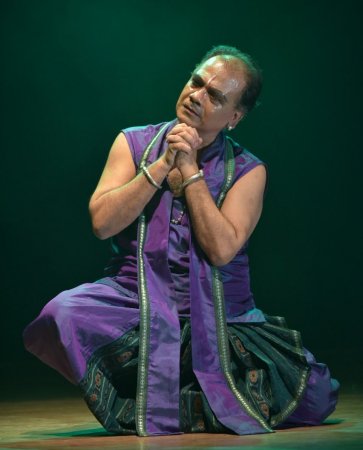In India, we use the word 'classical' to refer to our shastriya arts. In the Indian context the meaning of the term 'classical' has changed. We refer to our shastriya dance as 'classical dance'. By logic, the term 'Neo-classical' means a style that has been derived from the original.
It is an intrinsic human quality to innovate. Dance today is not the same as it used to be before. It is the birth right of every artist to innovate. Whatever newness an artiste may give to his innovated dance form, he must keep in mind the audience to whom he is presenting his form. In the ultimate analysis, all innovated art have to prove the test of time.
In a brief interview, Guru Ratikant Mohapatra answered a few of my questions on neo-classical Odissi.
Neo Classical Odissi and its evolution
The vision for Neo-Classical Odissi stems from a profound respect for tradition and a quest to explore new creative dimensions within the dance form. While remaining deeply rooted in the rich heritage of classical/shastriya Odissi, it expands its artistic scope by refining movements, enriching expressions, and introducing innovative choreographic structures. By integrating unexplored elements from the Shastras, it enhances their relevance in present times.
Please provide your name / email id along with your comment. Anonymous and derogatory comments will be removed.

No comments:
Post a Comment